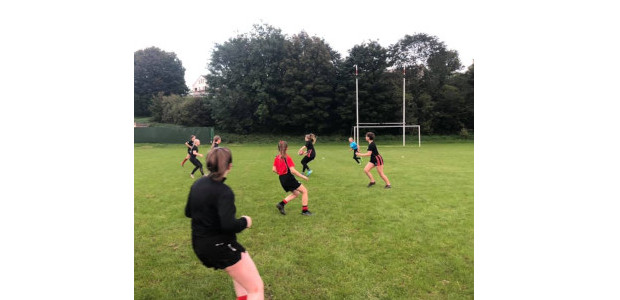Lets get straight to exercise selection- we need movements that focus on the following areas- strength and power generation, for the lower body and upper body, conditioning, prehabilitation, rehabilitation and recovery.
These lists of exercises overlap in uses and are not exhaustive, there are many other variations that may suit certain individuals better, for e.g. the use of the leg press for individuals who just cannot squat, due to previous injury or anatomical limitations (you can contact me about these) but for the sake of basic program construction I am going to stick with the KISS princuple- Keep It Simple Stupid!
STRENGTH AND POWER
LOWER BODY– Squat, deadlift.

UPPER BODY (PUSH) Bench press, parallel bar dips, dumbell curl and press.
UPPER BODY (PULL) Chest supported row, pull ups.
CORE Side bends, weighted crunches, weighted sit ups.
STOMACH training- Want weight OFF? then put weight ON!
The muscles in the abdominal region work like any other and respond to a progressive overload by increased resistance- so use a dumbell under your chin for crunches and for sit ups, hold a plate on your head. The positioning will determine how hard you can make it with the same weight- under the chin, on the chin, on the forehead, on the crown of the head or behind the head, each being more difficult than the last.
PRE-HABILITATION
These are basically injust prevention moves to help strengthen areas that are more prone to pulls, tears and the like eg, GHR (glute hamstring raises) for the hamstrings, glutes and lower back, hyper extensions for the lower back, rotator cuff movements for the shoulders, squatting variations and knee extension moves for the knees, to name but a few.
REHABILITATION
Unfortunately, injuries can happen. When they do it is important to follow a sequence of responses, after the initial RICE response- Rest, Ice, Compression, Elevation. Rehab training must be timed as follows- osteopathic adjustment of joint, bones, tendons, ligaments, muscles etc/physio and or massage therapy/ then rehabilitation work in the gym, which, once the affected area is recovered, will develop into a focus are for pre-hab work in the future, to ensure no re-injury occurs.
Some examples- Shoulder injuries treated with rotator cuff movements, carefully performed in a controlled and deliberate fashion.
Knee injuries can often be worked around by utilising a box for squatting. This can be set at different heights and allows you to sit back onto the box, whilst keeping the shins straight with no knee flexion, minimising any shearing effects on the knees whilst still effectively stimulating the thighs, hips and hamstrings.
Back injuries- Deadlifting may still be able to be included, perhaps with the bar starting from an elevated position, e.g. just below the knees. If no deadlift variation is suitable you can substitute hyperextensions instead. Whist they still place the back in a prone position, when performed correctly and under control they will effectively strengthen the area.
HERE’S HOW IT LOOKS-
DAY 1
SQUAT warm up, then 2 sets of 3 reps
SIDE BENDS, 2 sets of 5-10 reps
CRUNCHES 2 sets 10 reps, weighted
BENCH PRESS 2 sets of 5 reps
CHEST SUPPORTED ROWS 2 sets of 5-8 reps
GHR 3-4 sets of 10 reps
CALF RAISE 2 sets of 10 reps
DAY 2
CHINS 2 sets of 1-8 reps (for all abilities- again, add weight if you can do 8 comfortably)
DUMBELL CURL AND PRESS 2 sets of 8, 5 or 3 reps, rotate each week.
DEADLIFT 2 sets of 3 reps
SIDE BENDS 2 sets of 5-10 reps
SITUPS 2 sets 10 reps, weighted
ROTATOR CUFF MOVES 2 sets 10 reps
DON’T FORGET- The Key to Progress is RECOVERY!
Recovery is about NOT training and resting, however, if you are particularly sore or run down and have a session pending that you do not want to miss, but know you cannot give it your all, then you can use recovery training- drop all your poundages 30-50% of what you have been doing, for the same, or slightly higher, volume range. Although this level of training is not enough to stimulate a response nor is it enough to further weaken you, at this % range it will have a nourishing effect on the body and speed recovery.
Remember to leave enough days between the two sessions to allow full recovery. With two sessions a week, this leaves you 5 days of recovery- which should easily allow 2 sessions per week.
With many trainees working on strength and conditioning 4 times per week-
7 days- 4days training = 3 days recovery. Clearly this cannot work.
It may work for a while before ‘catching up’ on the athlete but not in the long run and it is long term planning and persistence that brings lasting results.
MORE NEXT WEEK- TRAIN HARD-PLAY WELL-STAY SAFE-HAVE FUN!







